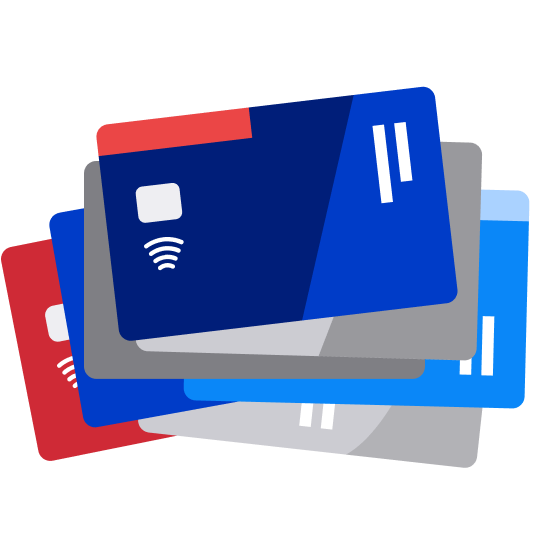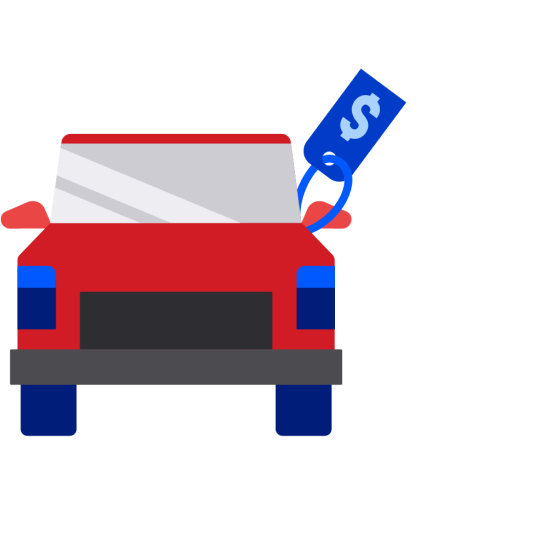Have questions about personal loans or lines?
We have lending consultants who can help. Learn about your loan options and get personalized estimates for your situation. Give us your details and we’ll give you a call.
A personal loan is one way to consolidate debt or to pay for major expenses. These types of personal loans offer fixed interest rates and fixed monthly payments for the life of the loan. A personal loan is best for one-time funding, or if you know the entire cost of your project up front. You receive the loan in one lump sum.
Take control of your finances with a personal loan. U.S. Bank personal checking clients with credit approval may be able to borrow up to $50,000.1 Those without a U.S. Bank account may be able to borrow up to $25,000.
Check your rate before completing a full application to see what you may be eligible to borrow. It won’t affect your credit score.
Borrow $1,000 up to $50,000.
Upgrade your home and its value. U.S. Bank personal checking clients with credit approval may borrow up to $50,000 with our home improvement personal loan.2 Those without a U.S. Bank account may be able to borrow up to $25,000.
Check your rate before completing a full application to see what you may be eligible to borrow. It won’t affect your credit score.
Borrow $1,000 up to $50,000.
Need quick funds for an emergency? Our Simple Loan is one way for U.S. Bank personal checking clients who qualify to borrow up to $1,000 for planned – and unplanned – expenses.
Borrow $100 up to $1,000.
A personal line of credit is a set amount of funds that you can withdraw as needed.
If you need ongoing access to funds, or if you don't know the full cost of a project, a personal line of credit may be better. With these types of personal lines of credit, you can use the credit as needed, and only pay interest on the funds you borrow.
Looking to tackle financial goals with a little more flexibility? If you’re a current U.S. Bank personal checking client, a personal line of credit can give you instant, ongoing access to funds as you need them.
Before you apply you can check your rate and see what you may be eligible to borrow. It won’t affect your credit score.
Instant, ongoing credit access
Exclusive to U.S. Bank personal checking clients, take on your home improvement projects with the flexibility of a credit card, but typically with lower interest rates.3 Since it’s an unsecured line of credit, there’s no collateral needed.4
Before you apply you can check your rate and see what you may be eligible to borrow. It won’t affect your credit score.
No annual fees
Protect your U.S. Bank checking account from overdrafts with a reserve line of credit. You’ll enjoy no annual fee and automatic advances to your checking account if your balance ever falls below zero.
Protection from overdrafts
Life keeps moving. Be ready for what comes your way.

Combine debts to manage your monthly payments. You could even save money with a lower interest rate. A loan or line of credit may be right for you.

Get the car you want whether it’s from a family member, a friend or social marketplace. You may just drive away with a better deal.

Plan ahead for adoption or assisted reproduction. Whatever your path to parenthood, consider the costs and your options.
Both are unsecured loans, meaning they don’t require collateral, but here are the key benefits of each:
A personal loan is one-time funding with fixed interest rates and fixed monthly payments. A fixed rate is an interest rate that stays the same throughout the loan. Personal loans often have lower interest rates if you have good credit. Also, you don’t have to be a U.S. Bank customer to apply for a personal loan.
A personal line of credit gives you instant access to your available credit, as you need it. It doesn’t require a specific purchase purpose and carries a variable interest that only accrues on the money you borrow. A variable interest is an interest rate that might change, according to the terms of your contract.
Understanding how loans and credit work is critical to good financial health. Brush up on what you know about borrowing money.
Ever wondered how much you spend on interest? Thanks to an accounting concept known as amortization, finding out may be easier than you realize.
When you consolidate debts, you can bring down the interest rates you’re paying on each individual loan and help pay off your debts faster.